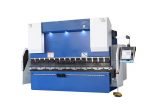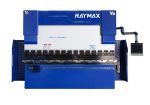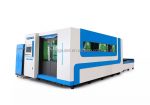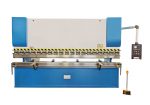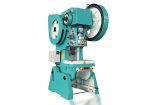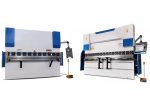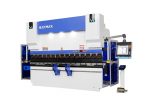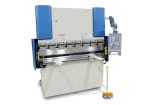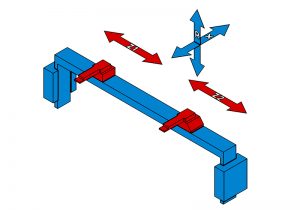A 3mm sheet metal bending machine, also known as a press brake, is a tool that is used to bend sheet metal into various shapes and sizes. It is an essential piece of equipment for any metalworking shop, as it allows for the creation of precise and intricate parts that would be difficult or impossible to produce by hand. In this ultimate guide, we will cover everything you need to know about 3mm sheet metal bending machines, including how they work, the different types available, and the factors to consider when choosing one for your workshop.
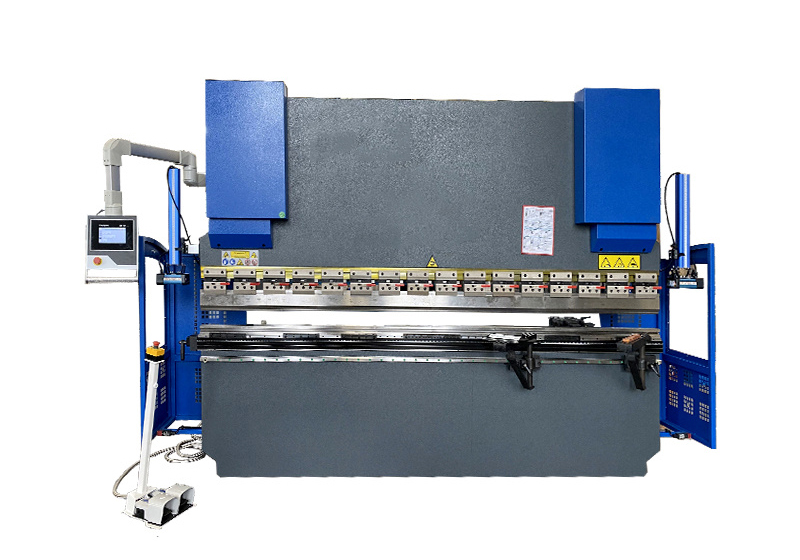
How 3mm Sheet Metal Bending Machines Work
A 3mm sheet metal bending machine works by applying pressure to a sheet of metal, causing it to bend along a desired line. The machine consists of a bed or table, over which the sheet metal is placed, and a press brake, which is a hinged beam that is used to apply the bending force. The press brake is typically driven by a hydraulic or mechanical system, which allows for precise control of the bending force and angle.
To use a 3mm sheet metal bending machine, the operator first selects the appropriate tooling for the job. This will typically consist of a top punch, which is used to shape the metal from above, and a bottom die, which is used to support the metal from below. The operator then positions the sheet metal on the bed of the machine and aligns it with the tooling. The press brake is then activated, causing the top punch and bottom die to come together and apply the bending force to the sheet metal.
There are several factors that can affect the accuracy and quality of the bend produced by a 3mm sheet metal bending machine. These include the properties of the metal itself, such as its strength, thickness, and ductility; the tooling used; the speed and force of the press brake; and the setup of the machine itself. By carefully considering these factors and making adjustments as needed, the operator can produce high-quality bends with minimal distortion or defects.
Types of 3mm Sheet Metal Bending Machines
There are several different types of 3mm sheet metal bending machines available, each of which is suited to different applications and requirements. Some of the most common types include:
Manual press brakes:
These are the most basic and affordable type of 3mm sheet metal bending machine. They are operated manually, using a crank or lever to apply the bending force. While they are relatively slow and require a lot of physical effort, they are well-suited to small workshops and low-volume production runs.
Mechanical press brakes:
These machines use a mechanical system, such as a flywheel or crank, to apply the bending force. They are faster and more powerful than manual press brakes, but still require some physical effort from the operator.
Hydraulic press brakes:
These machines use a hydraulic system to apply the bending force, which allows for precise control and high levels of power. They are the most common type of 3mm sheet metal bending machine, as they are fast, accurate, and easy to use.
CNC press brakes:
These are the most advanced type of 3mm sheet metal bending machine, as they are fully automated and controlled by a computer numerical control (CNC) system. They offer the highest levels of accuracy and precision, and are well-suited to high-volume production runs.
Factors to Consider When Choosing a 3mm Sheet Metal Bending Machine
When choosing a 3mm sheet metal bending machine, there are several factors that you should consider to ensure that you get the right machine for your needs. These include:
Capacity:
The capacity of a 3mm sheet metal bending machine refers to the maximum size and thickness of the sheets it can handle. It is important to choose a machine with a capacity that is appropriate for the type of work you will be doing. If you try to bend sheets that are too thick or large for the machine, it may result in poor quality bends or damage to the machine.
Precision:
The precision of a 3mm sheet metal bending machine refers to the accuracy of the bends it produces. This is important if you need to produce parts with tight tolerances or intricate shapes. CNC press brakes are generally the most precise, followed by hydraulic press brakes, mechanical press brakes, and manual press brakes.
Speed:
The speed of a 3mm sheet metal bending machine refers to how quickly it can produce bends. This is important if you have a high-volume production run, as it can significantly impact your productivity. CNC press brakes are generally the fastest, followed by hydraulic press brakes, mechanical press brakes, and manual press brakes.
Cost:
The cost of a 3mm sheet metal bending machine can vary significantly depending on the type, capacity, and precision of the machine. It is important to consider your budget and choose a machine that is within your price range, but also remember that investing in a higher quality machine can pay off in the long run through increased productivity and accuracy.
Maintenance:
All 3mm sheet metal bending machines require regular maintenance to ensure that they are running smoothly and accurately. It is important to consider the ease of maintenance for the machine you are considering, as well as the availability of spare parts and technical support.
Safety:
Safety is an important consideration when using any type of machinery, and 3mm sheet metal bending machines are no exception. Make sure to choose a machine that has appropriate safety features, such as guards and emergency stops, and follow all safety procedures when operating the machine.
Conclusion
A 3mm sheet metal bending machine is an essential piece of equipment for any metalworking shop. It allows for the production of precise and intricate parts, and can significantly increase productivity and accuracy. There are several different types of 3mm sheet metal bending machines available, each of which is suited to different applications and requirements. When choosing a machine, it is important to consider factors such as capacity, precision, speed, cost, maintenance, and safety to ensure that you get the right machine for your needs.

